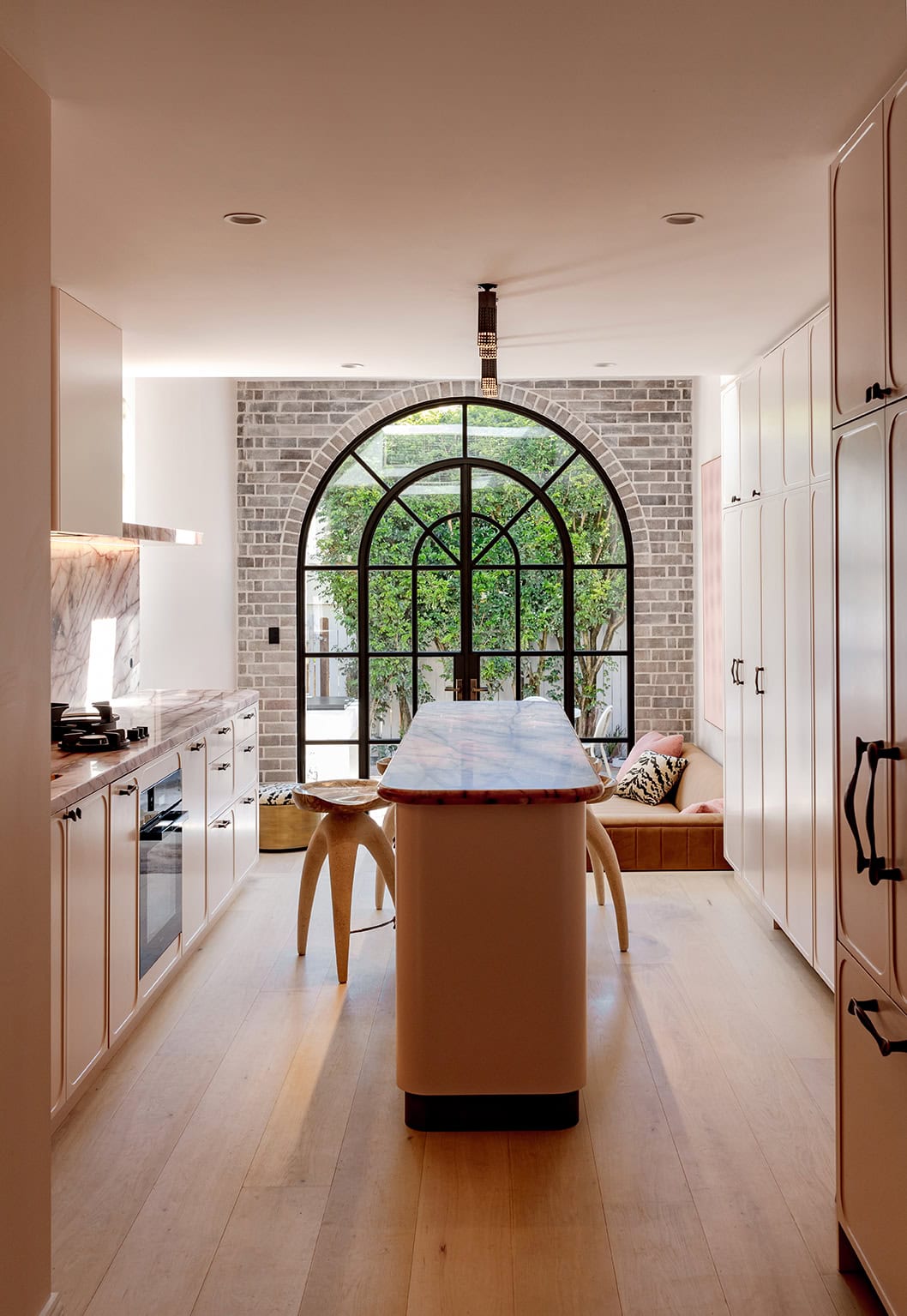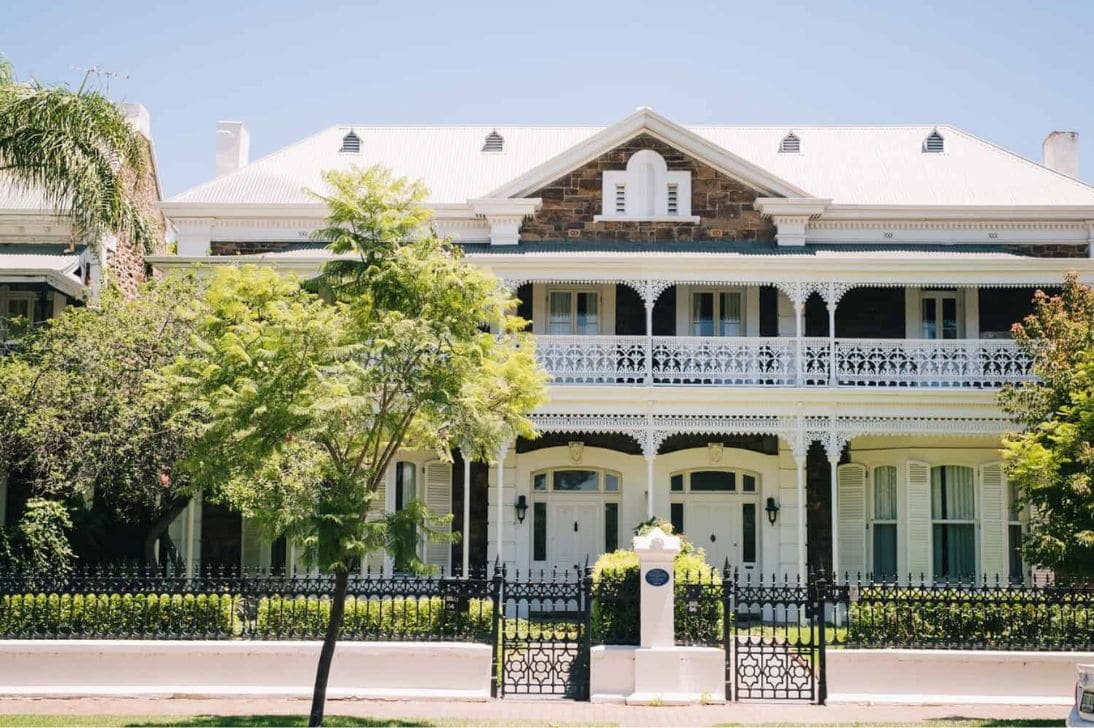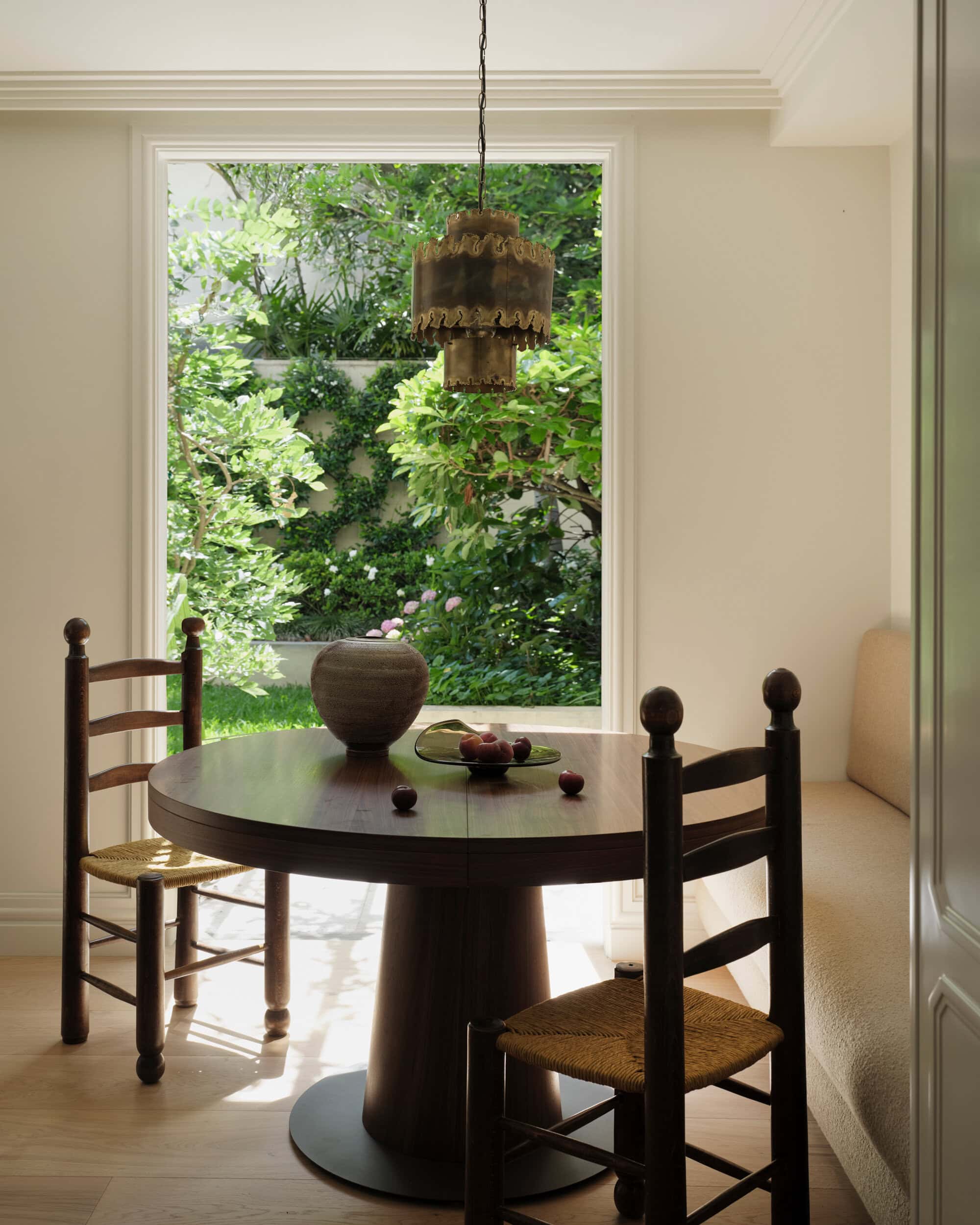7 Key Factors That Influence Rental Prices Around Australia
How much you pay in weekly rent and the amount you can charge as a landlord depends on a wide range of factors.

Whether you’re looking to move out of home, relocate cities or purchase an investment property, the first step is understanding the rental game and what drives up prices. Here are seven key factors to keep in mind.
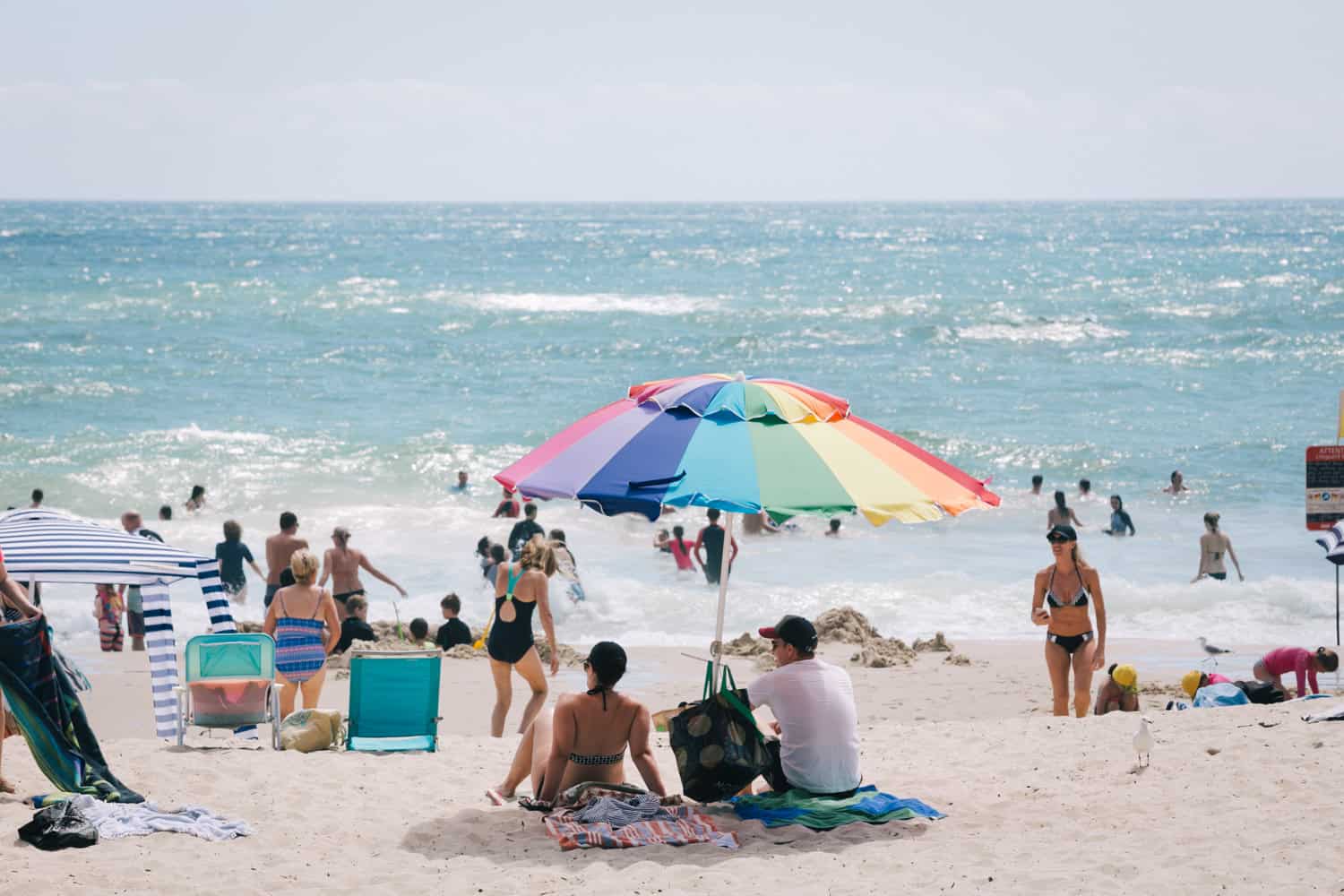
Location, location, location
The location of the property is the main factor influencing rental prices. The rate that landlords choose to charge is ultimately determined by the demand for similar properties within the same neighbourhood. Generally speaking, properties located in a more exclusive suburb, for example beside the beach or in the inner city, will demand a greater price than those where property prices are cheaper. As an investor it is important to consider the local area and the type of tenants you wish to attract – are they students, young professionals or growing families?
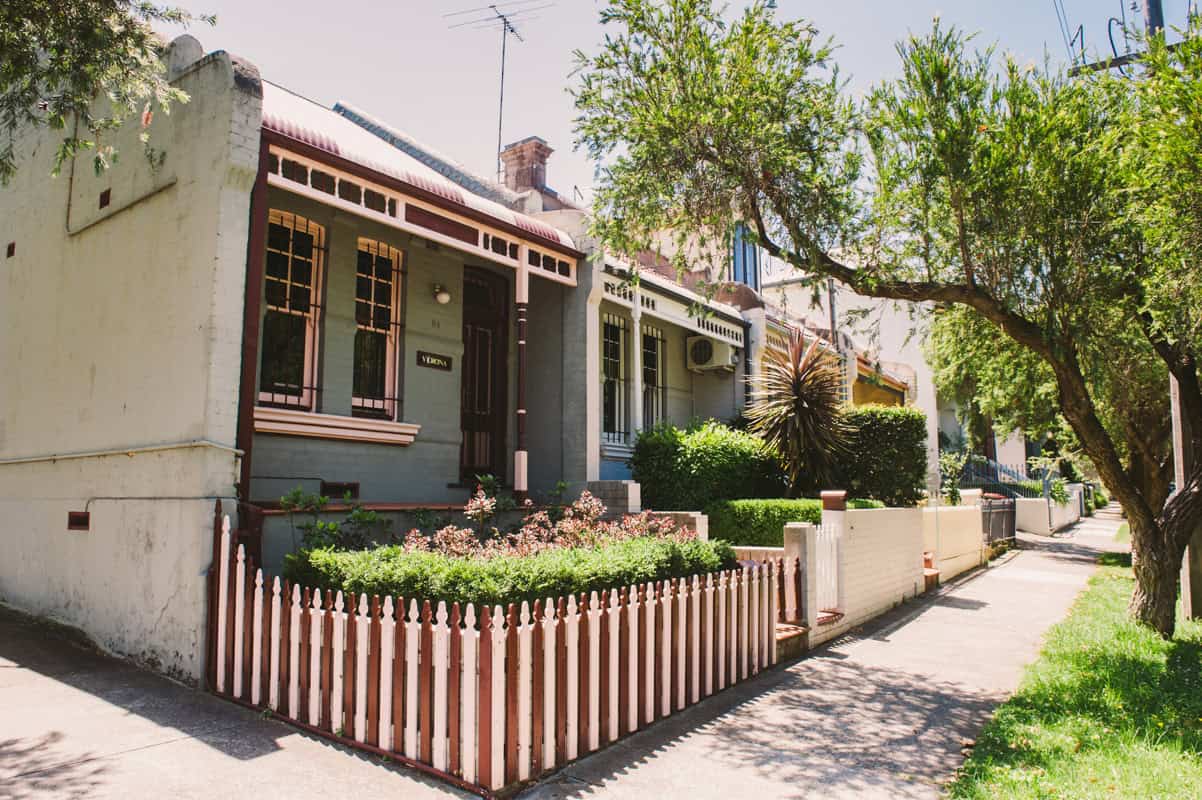
Property features
How well is the property presented? The number of bedrooms, size of the living space and overall square metreage are the main factors determining price. Discerning tenants will also consider the quality of fixtures and finishes, colour scheme and how recently a property has been renovated. As an investor, ensuring a property’s kitchen and bathroom are updated will add value and maximise capital growth. Depending on the suburb, parking may be a key consideration, while other factors such as alfresco entertaining area, cooling/heating and views will tend to bump up prices. Some renters will also seek out apartments with excellent communal amenities including a gym, pool and laundry.
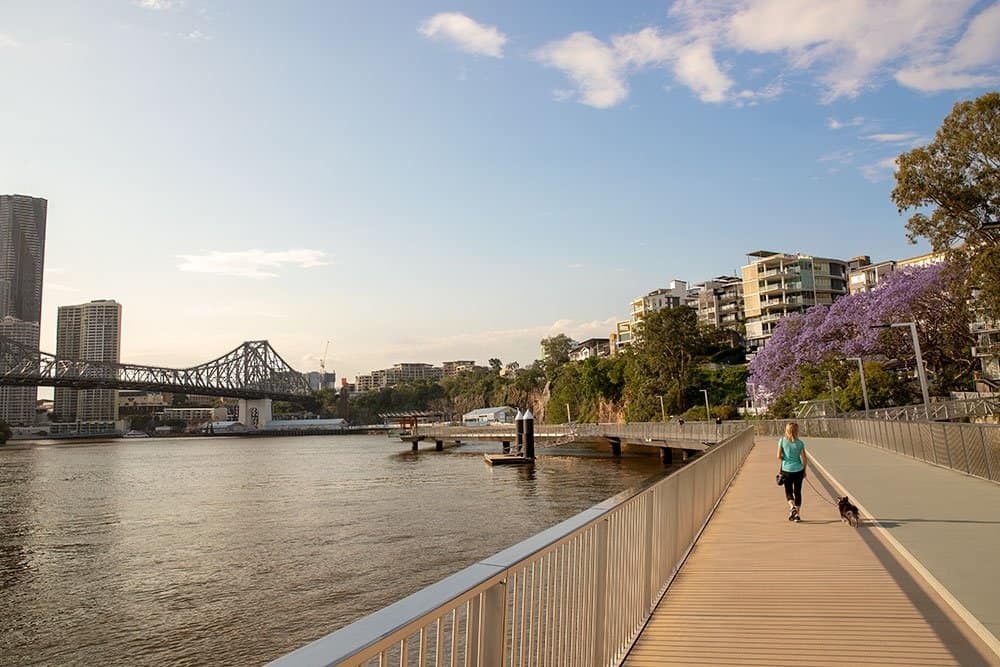
Desire for flexibility
Home ownership is now unaffordable for a growing percentage of Australians under the age of 35, as reported by The Sydney Morning Herald. As a result, many millennials have come to prioritise their existing lifestyle, preferring to rent than be tied down purchasing property in a suburb they don’t necessarily want to live. They desire flexibility and convenience, choosing to be renters due to the level of freedom it affords. Given the current property boom and cost of buying a home, it’s no surprise some Australian cities are seeing a surplus of millennial renters.

Access to amenities
Renters tend to prefer properties that are surrounded by community facilities and are well connected via public transport. Depending on your lifestyle it is worth considering proximity to local amenities such as parks, fitness centres, cafes, supermarkets, medical services and education. Properties well connected to the CBD tend to have a higher demand than properties located further away. Large infrastructure projects, particularly public transport links, will also influence rents, while families will pay a premium to live within certain school catchment zones.

The seasons
One of the biggest factors that determine demand for rental properties is weather, and the market tends to fluctuate with the seasons. In coastal areas, for example, demand decreases at the start of winter and increases at the beginning of spring. Overall summer is traditionally the “hottest” market increasing competition among tenants. As a result of Covid-19 and the continued working-from-home trend, rent prices have also risen in tree-change and sea-change locations. According to Domain’s Rental Report, area’s such as Sydney’s Northern Beaches, Blue Mountains and Central Coast, as well as Melbourne’s Mornington Peninsula and Queensland’s Sunshine Coast have experienced record-high demand.

Local wages
Local wages largely influence the average price tenants can afford to pay in rent. As a general rule, Australian’s spend between 20 and 30 per cent of their individual disposable income on rent, with Sydney and Canberra requiring the highest percentage of their wage. Tenants need to consider their additional bills and living expenses when committing to a rental agreement.

Vacancy rates
Vacancy rates measure the supply of vacant properties at any one time. As weekly rent is set largely based on the rules of supply and demand, areas with higher vacancy rates will normally see cheaper prices. High vacancy rates enable tenants to have greater choice and can therefore be more selective. On the other hand, lower vacancy rates mean more competition for those properties, and allow landlords to be choosy thus driving up prices.
Looking to enter the property market ASAP? Be sure to check out our Property page for all the property tips and tricks you might need!
 Subscribe
Subscribe









 Subscribe
Subscribe

